When I was little, I had a set of picture book biographies. I haven’t been able to find them since, but I remember that the series included books about Beethoven, Ben Franklin, and maybe Nellie Bly (the set skewed heavily white and male, but there were a few women included).
While I know that hardcover sets like this still exist*, I love the beautiful, creative stand-alone picture book biographies (and collective biographies) that have been published with what seems like increasing frequency in the past few years. Our reading at home skews toward fiction, but I’ve always felt that biography, while technically nonfiction, has fiction’s appeal: it’s the story of someone’s life. Plus, you usually learn something else – about history, or outer space, how to make a vaccine, or the latest in bridge-building.
*I like the Little People, Big Dreams series; they’re pitched to a younger audience, and they do a good job introducing young readers to a diverse array of historical figures, like Agatha Christie, Josephine Baker, Wilma Rudolph, Stevie Wonder, and David Bowie.
This list is not at all exhaustive, but includes many of the picture book biographies I’ve enjoyed over the past few years. I’ve separated them into a few loose categories, and some books appear in more than one category.
Authors
Just Like Beverly: A Biography of Beverly Cleary by Vicki Conrad & David Hohn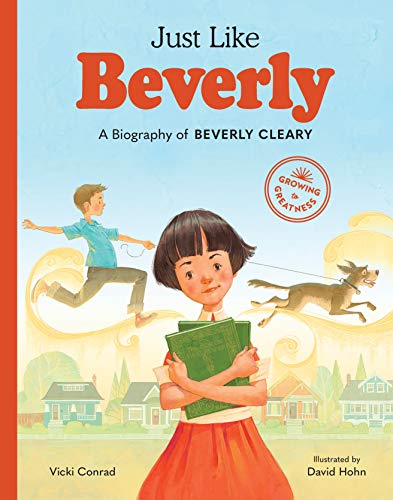
Exquisite: The Poetry and Life of Gwendolyn Brooks by Suzanne Slade & Cozbi A. Cabrera
You Are My Friend: The Story of Mister Rogers and His Neighborhood by Aimee Reid & Matt Phelan
Science, Engineering, Technology, and Mathematics (STEM)
Mae Among the Stars by Roda Ahmed & Stasia Burrington
What Miss Mitchell Saw by Hayley Barrett & Diana Sudyka (Maria Mitchell)
The Spacesuit: How A Seamstress Helped Put A Man on the Moon by Alison Donald & Ariel Landy
Counting on Katherine: How Katherine Johnson Saved Apollo 13 by Helaine Becker & Tiemdow Phumiruk
Margaret and the Moon: How Margaret Hamilton Saved the First Lunar Landing by Dean Robbins & Lucy Knisley
Hidden Figures: The True Story of Four Black Women and the Space Race by Margot Lee Shetterly & Laura Freeman
Mario and the Hole in the Sky: How A Chemist Saved Our Planet by Elizabeth Rusch & Teresa Martinez
The Polio Pioneer: Dr. Jonas Salk and the Polio Vaccine by Linda Elovitz Marshall & Lisa Anchin
Dr. Fauci: How A Boy From Brooklyn Became America’s Doctor by Kate Messner & Alexandra Bye
Ocean Speaks: How Marie Tharp Revealed the Ocean’s Biggest Secret by Jess Keating & Katie Hickey
The Brilliant Deep: Rebuilding the World’s Coral Reefs by Kate Messner & Matthew Forsythe (Ken Nedimyer)
Secret Engineer: How Emily Roebling Built the Brooklyn Bridge by Rachel Dougherty
Musicians, Dancers, and Artists
 Dancing Hands: How Teresa Carreno Played the Piano for President Lincoln by Margarita Engle & Rafael Lopez
Dancing Hands: How Teresa Carreno Played the Piano for President Lincoln by Margarita Engle & Rafael Lopez
Guitar Genius: How Les Paul Engineered the Solid-Body Electric Guitar and Rocked the World by Kim Tomsic & Brett Helquist
Trailblazer: The Story of Ballerina Raven Wilkinson by Leda Schubert & Theodore Taylor III
Firebird by Misty Copeland & Christopher Myers
Josephine: The Dazzling Life of Josephine Baker by Patricia Hruby Powell & Christian Robinson
The Noisy Paintbox: The Colors and Sounds of Kandinsky’s Abstract Art by Barb Rosenstock & Mary GrandPre
Activists and Politicians
Brave Girl: Clara and the Shirtwaist Makers’ Strike of 1909 by Michelle Markel & Melissa Sweet (Clara Lemlich)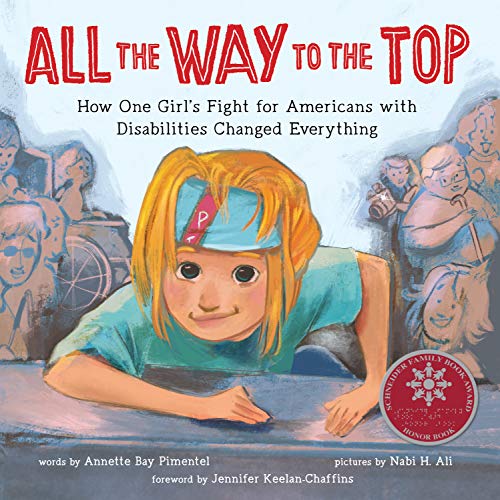
All the Way to the Top: How One Girl’s Fight for Americans with Disabilities Changed Everything by Annette Bay Pimentel, Nabi Ali, & Jennifer Keelan-Chaffins
The Next President: The Unexpected Beginnings and Unwritten Future of America’s Presidents by Kate Messner & Adam Rex
The First Woman To…
Cubs in the Tub: The True Story of the Bronx Zoo’s First Woman Zookeeper by Candace Fleming & Julie Downing
Her Fearless Run: Kathrine Switzer’s Historic Boston Marathon by Kim Chafee & Ellen Rooney

What Miss Mitchell Saw by Hayley Barrett & Diana Sudyka (Maria Mitchell)
Mae Among the Stars by Roda Ahmed & Stasia Burrington
The Spacesuit: How A Seamstress Helped Put A Man on the Moon by Alison Donald & Ariel Landy
Ocean Speaks: How Marie Tharp Revealed the Ocean’s Biggest Secret by Jess Keating & Katie Hickey
Secret Engineer: How Emily Roebling Built the Brooklyn Bridge by Rachel Dougherty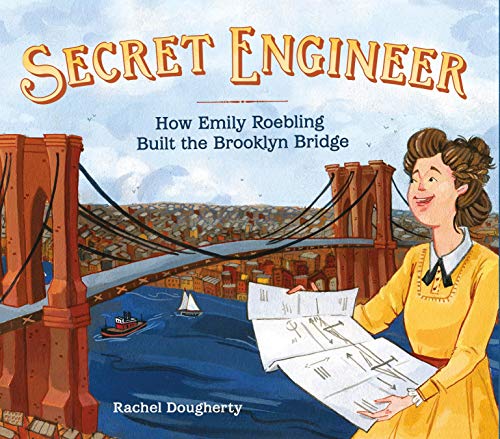
Counting on Katherine: How Katherine Johnson Saved Apollo 13 by Helaine Becker & Tiemdow Phumiruk
Margaret and the Moon: How Margaret Hamilton Saved the First Lunar Landing by Dean Robbins & Lucy Knisley
Hidden Figures: The True Story of Four Black Women and the Space Race by Margot Lee Shetterly & Laura Freeman

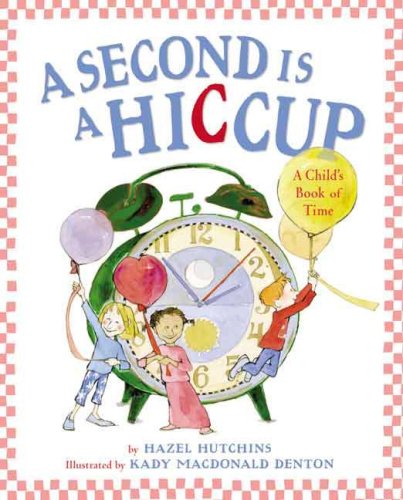

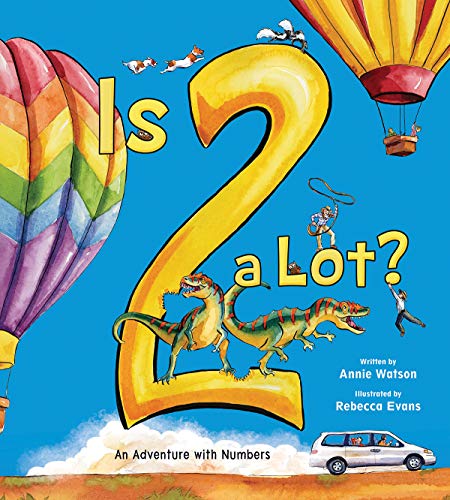
 The Oboe Goes BOOM BOOM BOOM by Colleen AF Venable & Lian Cho
The Oboe Goes BOOM BOOM BOOM by Colleen AF Venable & Lian Cho
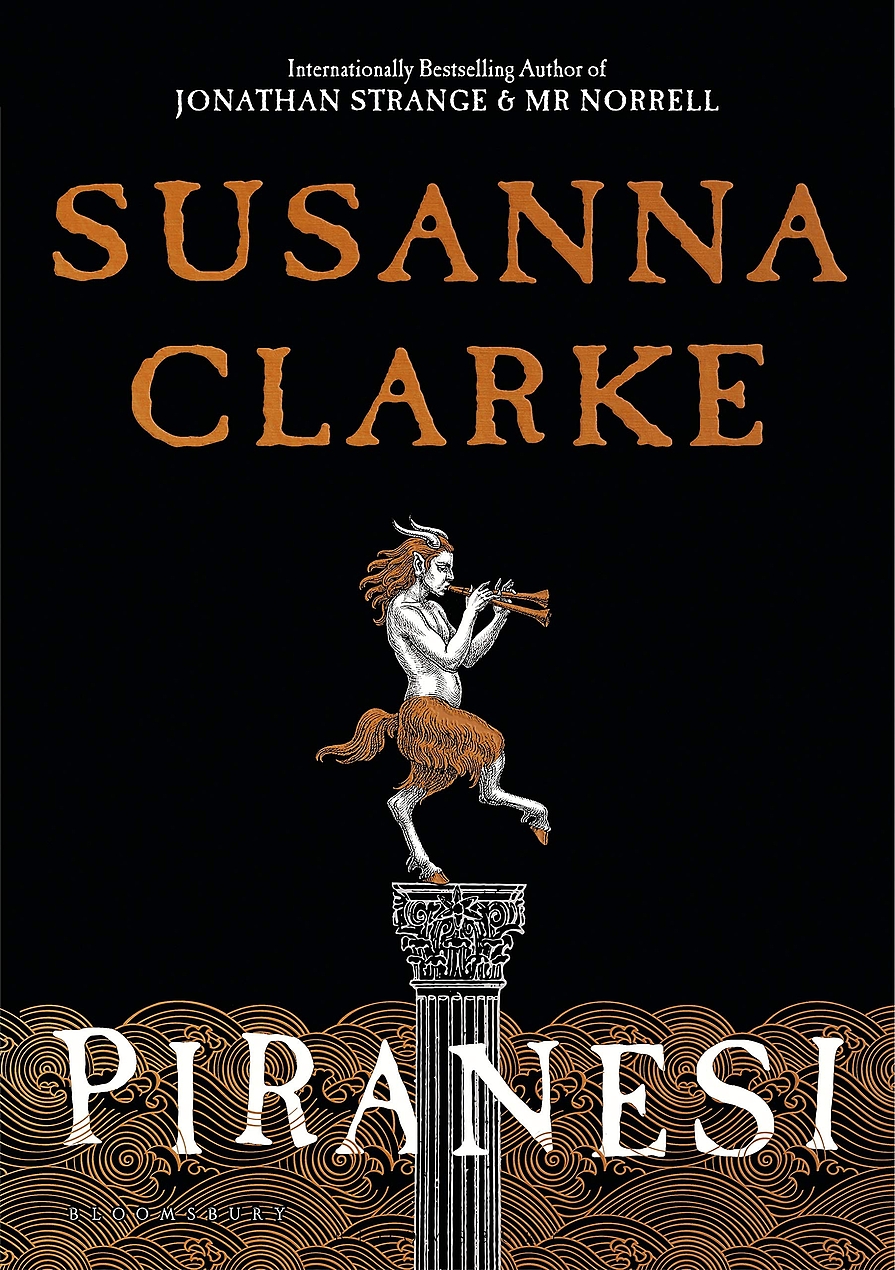
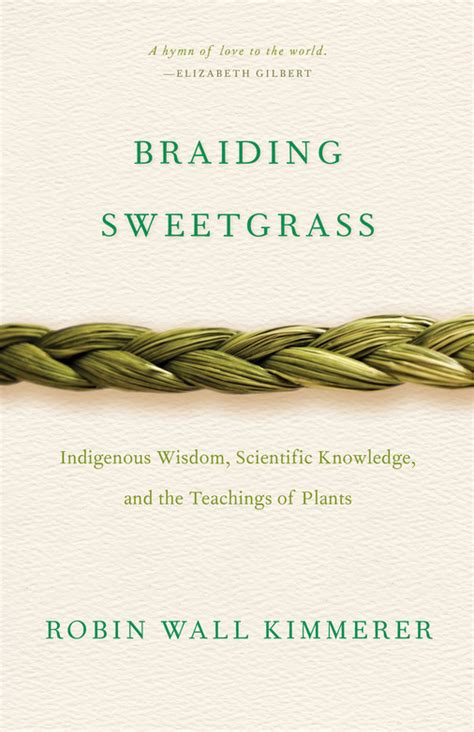









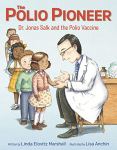


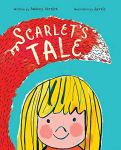
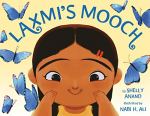
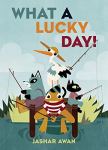


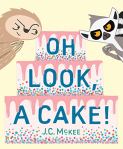
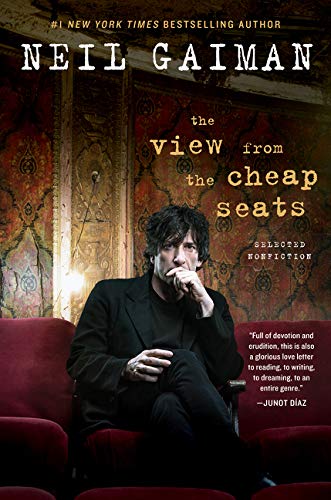 Back in 2016, I wrote a post
Back in 2016, I wrote a post 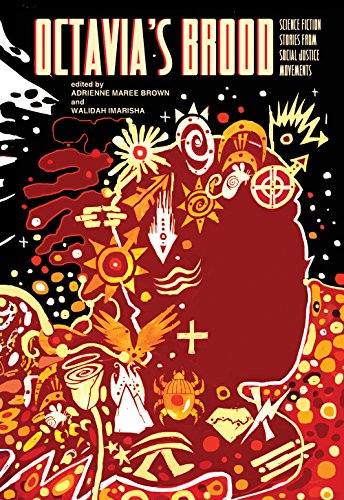 She writes that science fiction “allows us to imagine possibilities outside of what exists today,” and asserts that science fiction is the only genre that “allows us to question, challenge, and re-envision everything all at once.” Imarisha uses a new-to-me term as well: “Visionary fiction offers social justice movements a process to explore creating those new worlds….This term reminds us to be utterly unrealistic in our organizing, because it is only through imagining the so-called impossible that we can begin to concretely build it. When we free our imaginations, we question everything….That is why decolonization of the imagination is the most dangerous and subversive decolonization process of all.”
She writes that science fiction “allows us to imagine possibilities outside of what exists today,” and asserts that science fiction is the only genre that “allows us to question, challenge, and re-envision everything all at once.” Imarisha uses a new-to-me term as well: “Visionary fiction offers social justice movements a process to explore creating those new worlds….This term reminds us to be utterly unrealistic in our organizing, because it is only through imagining the so-called impossible that we can begin to concretely build it. When we free our imaginations, we question everything….That is why decolonization of the imagination is the most dangerous and subversive decolonization process of all.”